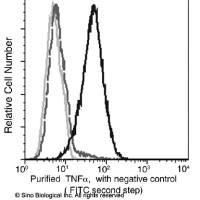Mouse Models of Benign Familial Neonatal Convulsions (BFNC): Mutations in KCNQ (Kv7) Genes
互联网
543
Benign familial neonatal convulsions (BFNC) is caused by mutations in the KCNQ2 (Kv7.2) or KCNQ3 (Kv7.3) genes. These genes encode the KCNQ2 and KCNQ3 subunits that comprise the neuronal M-type potassium channel (M channel). While numerous studies have provided evidence for the inhibitory role of normally functioning M channels in key brain structures related to seizures and epileptogenesis, the BFNC sequelae from mutation to seizure and ultimately to remission is likely very complex. In an effort to determine the role of the KCNQ genes in epilepsy, a number of mouse models with either spontaneous or transgenic mutations or targeted deletions in the Kcnq2 or Kcnq3 gene have been described. We discuss seminal findings from the Kcnq2 knockout, the dominant-negative Kcnq2 G279S, the Szt1 , and finally the recently described Kcnq2 and Kcnq3 knockin, mice. The approach of combining whole-animal behavior with single-cell biophysics in mouse models of BFNC has helped solidify the link between attenuated I K(M) function and increased seizure susceptibility that results from Kcnq2 and Kcnq3 mutations. The mouse models described here have all significantly contributed to our understanding of how mutations in these genes might precipitate human epilepsy and further elucidated the neurophysiologic role of I K(M) .









